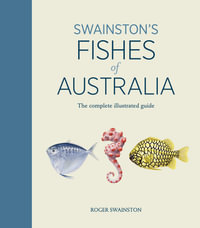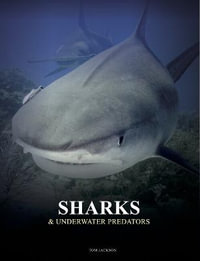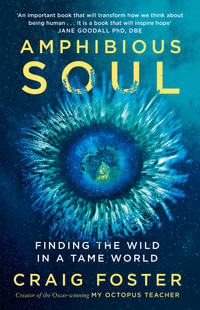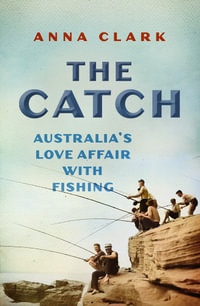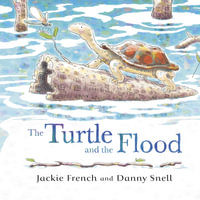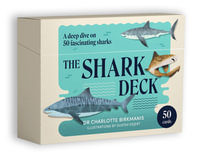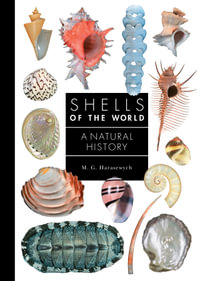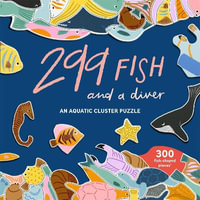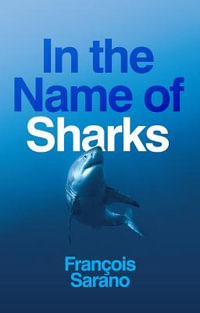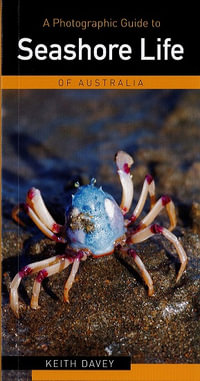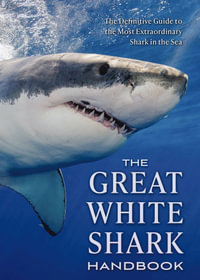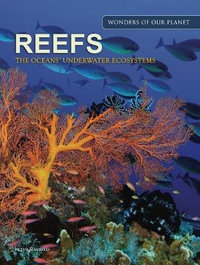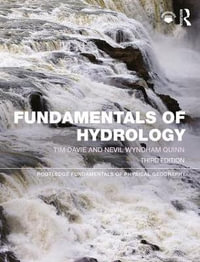“Probably the most comprehensive single piece of work ever done on bottlenose dolphins, the book represents a milestone for all those who are interested in the cetacean. . . . Stands as an essential reference.”—Marine Mammal Science
“It is hard to imagine a better resource.”—Aquatic Mammals
“Clear and compelling.”—Publishers Weekly
“Comprehensive overview of the species, its evolution, place in ancient and modern myth, behavior, ecology, reproduction, and genetics.”—Florida Times-Union
“A concise overview of a species that has fascinated humans for at least 3,000 years.”—Biology Digest
“Covers everything from the historical myths about dolphins to their daily lives.”—EcoFlorida
“This excellent introduction on the biology of the bottlenose dolphin also provides a review of conservation issues and outlines current knowledge of dolphins in general.”—Charles W. Potter, National Museum of Natural History
"This excellent introduction on the biology of the bottlenose dolphin also provides a review of conservation issues and outlines current knowledge of dolphins in general. . . . for students, professionals, and anyone interested in the bottlenose dolphin."--Charles W. Potter, National Museum of Natural History
The Bottlenose Dolphin presents for the first time a comprehensive, colorfully illustrated, and concise overview of a species that has fascinated humans for at least 3,000 years. After reviewing historical myths and legends of the dolphin back to the ancient Greeks and discussing current human attitudes and interactions, the author replaces myths with facts--up-to-date scientific assessment of dolphin evolution, behavior, ecology, morphology, reproduction, and genetics--while also tackling the difficult issues of dolphin conservation and management. Although comprehensive enough to be of great value to professionals, educators, and students, the book is written in a manner that all dolphin lovers will enjoy. Randall Wells’s anecdotes interspersed throughout the work offer a first-hand view of dolphin encounters and research based on three decades working with them. Color photographs and nearly 100 black and white illustrations, including many by
National Geographic photographer Flip Nicklin, beautifully enhance the text.
Readers of
The Bottlenose Dolphin will better appreciate what dolphins truly are and do, as well as understand some of the controversies surrounding them. While raising compelling questions, the book provides a wealth of information on a legendary species that is loved and admired by many people. John E. Reynolds, professor of marine science at Eckerd College, St. Petersburg, Florida, is chair of the U.S. Marine Mammal Commission. He has written over 100 articles on marine mammal biology and conservation and is coauthor with Daniel K. Odell of
Manatees and Dugongs and coeditor of
Biology of Marine Mammals. Randall S. Wells is a behavioral ecologist with the Conservation Biology Department of the Chicago Zoological Society and adjunct associate professor of ocean sciences at the University of California, Santa Cruz. He also serves as director of the Center for Marine Mammal and Sea Turtle Research at Mote Marine Laboratory, Sarasota, Florida, where he conducts the world’s longest running study of wild dolphins. Samantha D. Eide, a graduate student at the University of South Florida, is field leader for the Eckerd College Dolphin Project, St. Petersbur

